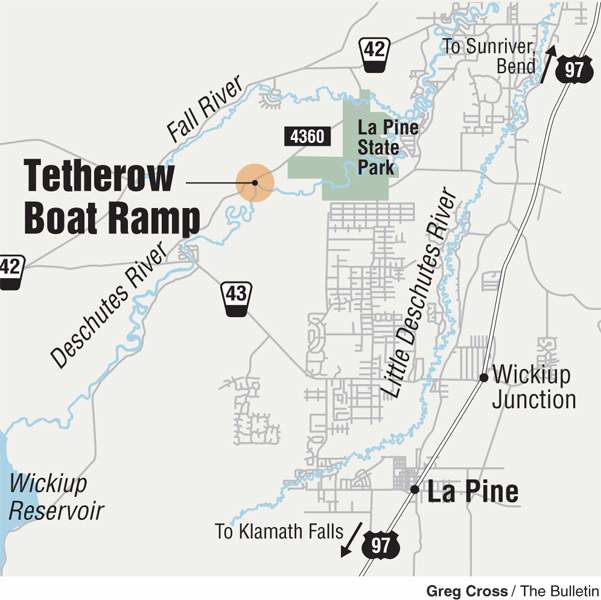Escape your day with the Deschutes
Published 5:00 am Thursday, October 9, 2008

- Escape your day with the Deschutes
One of my favorite things about rivers, besides hungry trout, is that they’re timeless.
Walk up or downstream a ways from a boat launch or parking area on the Deschutes, and you leave 2008 behind for a time. Which would be a good thing, even without $700 billion bailouts, sinking 401(k)s and empty Red Bull cans on the side of the highway.
Everyone needs empty places, wild spaces and uncluttered grids on the map.
The late Wallace Stegner wrote, “We simply need that wild country available to us, even if we never do more than drive to its edge and look in. For it can be a means of reassuring ourselves of our sanity as creatures, a part of the geography of hope.”
Central Oregon can’t be too far from the center of that nebulous region, where you can get lost in the pure and the wild, or find yourself far from the din of urban folly.
Aside from an occasional elk bugling or a coyote yipping, the loudest thing out here is the sound of water flowing fast where the riverbed takes a plunge.
The Upper Deschutes, that 87-mile reach from the headwaters north to Bend, offers lots of opportunities to get out and away, while remaining relatively close to the trailhead or parking area.
The Tetherow Boat Ramp combines a leisurely drive with a relaxing walk along the Deschutes River where you may see diving osprey, rising trout, cavorting otters and logjams knifing into the current, providing essential cover for wildlife and fish. Fisheries’ biologists routinely add logs to the upper river to restore a measure of “complexity” to an ecosystem compromised by sporadic flows out of Wickiup Reservoir upriver. Low winter flows, while the reservoir fills, degrade the riverside and aquatic vegetation and stress the trout.
Complexity. What a dead-on word to quantify the thousand and one elements that contribute to a healthy ecosystem. It also aptly describes the contrast between the simplicity of a walk along the Deschutes River on the narrow fishermen’s trail downstream from Tetherow, and the important nature stuff going on above, below and all around you. Polarized glasses help open a window underwater.
This reach of the river is part of the State Scenic Waterways Program, which seeks to preserve free-flowing rivers and their “outstanding scenic, recreational and natural values.” Dams, reservoirs and placer mining are all off limits along this stretch and any new development is closely reviewed.
Upriver from the boat ramp is the hazardous (portaged by boaters) Tetherow Logjam and Pringle Falls. Downriver, the fishermen’s trail peters out about a half-mile from the parking area. The rest is up to you.
Paddlers regularly float part or all of the 31-mile reach between the Tetherow ramp and the Sunriver area or the boat ramp above Benham Falls (Benham Falls is extremely dangerous; portage).
The logjam and boat ramp is likely named after Solomon Tetherow, a captain who rode with the ill-fated Lost Meek Wagon Train of 1845. The expedition that left Idaho and crossed the Central Oregon desert, was plagued by starvation and deprivation. According to historian Steve Lent, Solomon’s son, Andrew Jackson Tetherow, built a house and homesteaded a piece of land west of Redmond in 1878. He operated a cable ferry there. That area is now known as Tetherow Crossing.
If you go
Getting there: From Bend, drive 26.8 miles south on U.S. Highway 97 to Wickiup Junction, then 5.2 miles west on Forest Road 43, then 3.6 miles north on Forest Road 4330 (at the sign).
Permits: No permits necessary.
Contact: Bend-Fort Rock Ranger District of the Deschutes National Forest, 541-383-4000.






